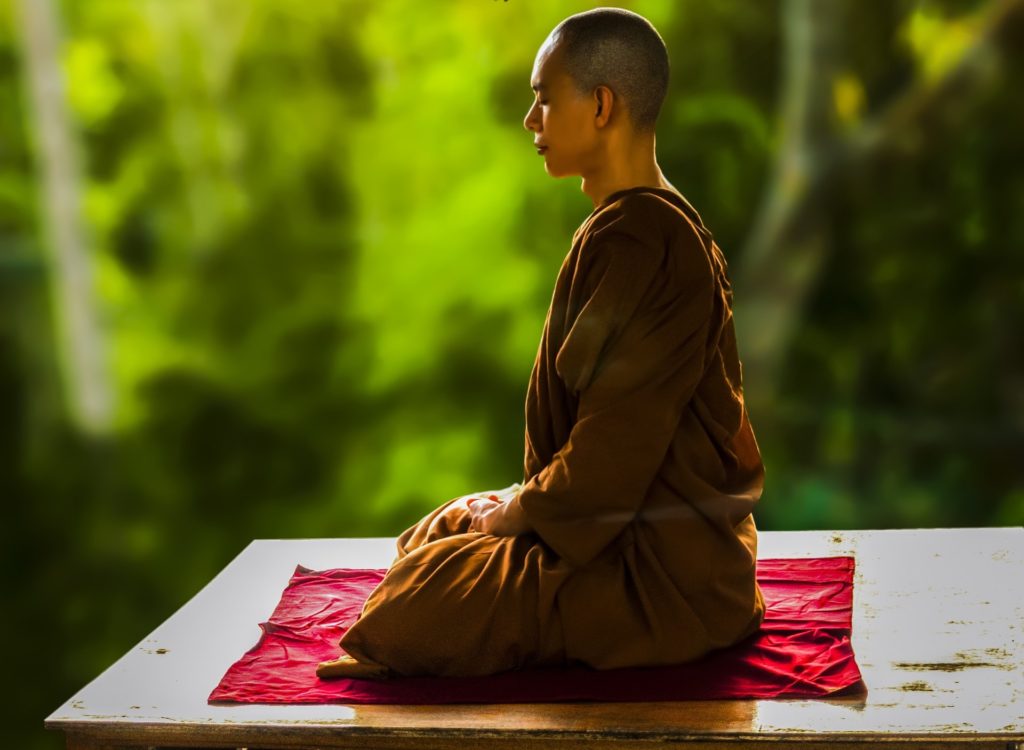Mental health matters. Right now we’re all experiencing a particularly stressful time, facing an unprecedented and uncertain situation. The global Covid-19 pandemic, and living under lockdown, has seriously disrupted everyone’s lives all over the world. Two of the best ways of coping with the stress are Meditation and Deep Sleep. Like many of you, I struggle with insomnia at the best of times, and the situation is now much worse. However, I’ve discovered that having relaxing sounds and videos available to me can be extremely helpful, both for meditation and to help me achieve a deep sleep. I wanted to share that benefit with others, so I’ve created some videos that anyone can use to help them relax, meditate and fall asleep.
I’ve been practising yoga and meditation for the last twenty years and personally know the enormous benefits of taking some time every day to focus on your mental wellbeing. Broadly speaking, there are two types of meditation:
1. CALMING MEDITATION
2. INSIGHT MEDITATION
Insight Meditation, as the name suggests, is about achieving a greater understanding of yourself, the world around you, and your own place and purpose within it. Focusing on your breath and the sensations experienced by the body, the aim is to gain wisdom and enlightenment. It’s a hugely rewarding journey and a subject I hope to write about in much more detail in the future.
For now, I want to mainly talk about Calming Meditation and its benefits. Calming Meditation is about achieving a more peaceful state of mind, while also improving focus and concentration in your day-to-day life. To achieve that, participants usually try and focus on one particular thought and drown out all others – that could be an object, an image in your mind’s eye, a mantra, your own body or even just your own breathing.
There are numerous different kinds of meditation. Here are just a few of the most popular.
Yoga Meditation
If you’re hoping to focus on both mind and body to achieve inner peace then Yoga Meditation may be right for you. Probably the most famous and popular form of meditation in the world, it has a long lineage and many celebrity adherents. Yoga practice involves breathing exercises combined with physical movements and poses to improve the connection between body and mind. Practitioners will certainly benefit from stronger core muscles and increased flexibility. However, while Yoga has many physical benefits, it should not be viewed as a mere exercise routine. Its value to your overall health is much deeper than that.

.
Mantra Meditation
A fairly straightforward form of attention-meditation, practitioners will repeat a mantra – word, phrase or syllable – either openly or in their mind, and focus upon it and its meaning. Doing so will take you into a deeper and deeper state of meditation. The most famous mantras are “Om Mani Padme Hum”, “Om Namah Shivay” or simply “Om”. Most religions include some kind of mantra meditation, usually in the form of ritual prayer, with the objective of bringing the worshipper closer to a deity or to nature.
Zen Meditation
Sometimes known as “Zazen”, and usually associated with Buddhist traditions and practice, Zen Meditation aims to remove judgement from one’s thoughts, and improve alertness and focus. It can be used both for insight and calming. Correct practice involves specific steps and postures, and it’s therefore useful – though not necessary – to be guided by an experienced teacher (a process often referred to as “guided meditation”). Generally, Zazen involved sitting in a comfortable position, focusing on breathing and opening up to your own thoughts spiritually.

.
Metta Meditation
Also known as “Loving-Kindness Meditation”, as that name suggests, the aim of Metta is to cultivate an attitude of love and kindness towards all living beings, including your own enemies and those who wish you harm. Metta Meditation involves a focus on deep breathing. At the same time, practitioners open themselves to absorbing love and kindness from all of creation, and reciprocate by sending out love and kindness to the universe beyond their own bodies. It can be particularly beneficial to those experiencing inter-personal conflicts within their home and work lives.
Mindfulness Meditation
Growing in popularity, the awareness of Mindfulness Meditation has grown tremendously in the last decade. Practitioners are taught to move away from worrying thoughts about the individual’s past or future. Instead, they’re encouraged to ground themselves in the present, by focusing on their immediate physical sensations (five senses) and the world around them as it is in that moment. Therefore, Mindfulness Meditation can be done almost anywhere and at any time e.g. while cooking, cleaning, walking etc. The objective being to calm a person by moving their thought away from anxieties they have with respect to painful prior experiences and concerns they have about future difficulties they may face. The practice is associated with lowered blood pressure, improved concentration and a better memory.

.
Transcendental Meditation
Transcendental Meditation aims to help practitioners rise above their current state of being i.e. transcend to higher level of understanding, wisdom, inner peace. Originally developed by Maharishi Mahesh Yogi as a structured twice daily 20-minute exercise. Meditation sessions will usually be guided by an experienced teacher and involve silently repeating a mantra specially selected for the student’s individual situation. Transcendental Meditation is the most commercially-focused of all these forms of meditation, and often faces criticism for its lack of spirituality and contemplative practices. It’s been referred to as a “secularised” meditation technique.
Qigong Meditation
An ancient Chinese Meditation form that aims to direct energies within the body to heal practitioners and also allow them to send healing energies to others. Qigong Meditation (pronounced chee-gong) has similarities to Tai Chi, in that it involves controlled breathing and movement exercises, with some forms even utilising martial arts moves. Qigong teaches that there are energy pathways (or “meridians”) within the body that can be harnessed and controlled in beneficial ways, for the sake of physical and spiritual health. Like Yoga, while Qigong has undeniable physical benefits, it also has a long spiritual lineage and mental health advantages.

Feel free to use any of my videos whenever you find yourself stressed or unable to sleep. You can also find them all on YouTube by clicking here.
Be kind to yourselves.
And each other.

Be First to Comment